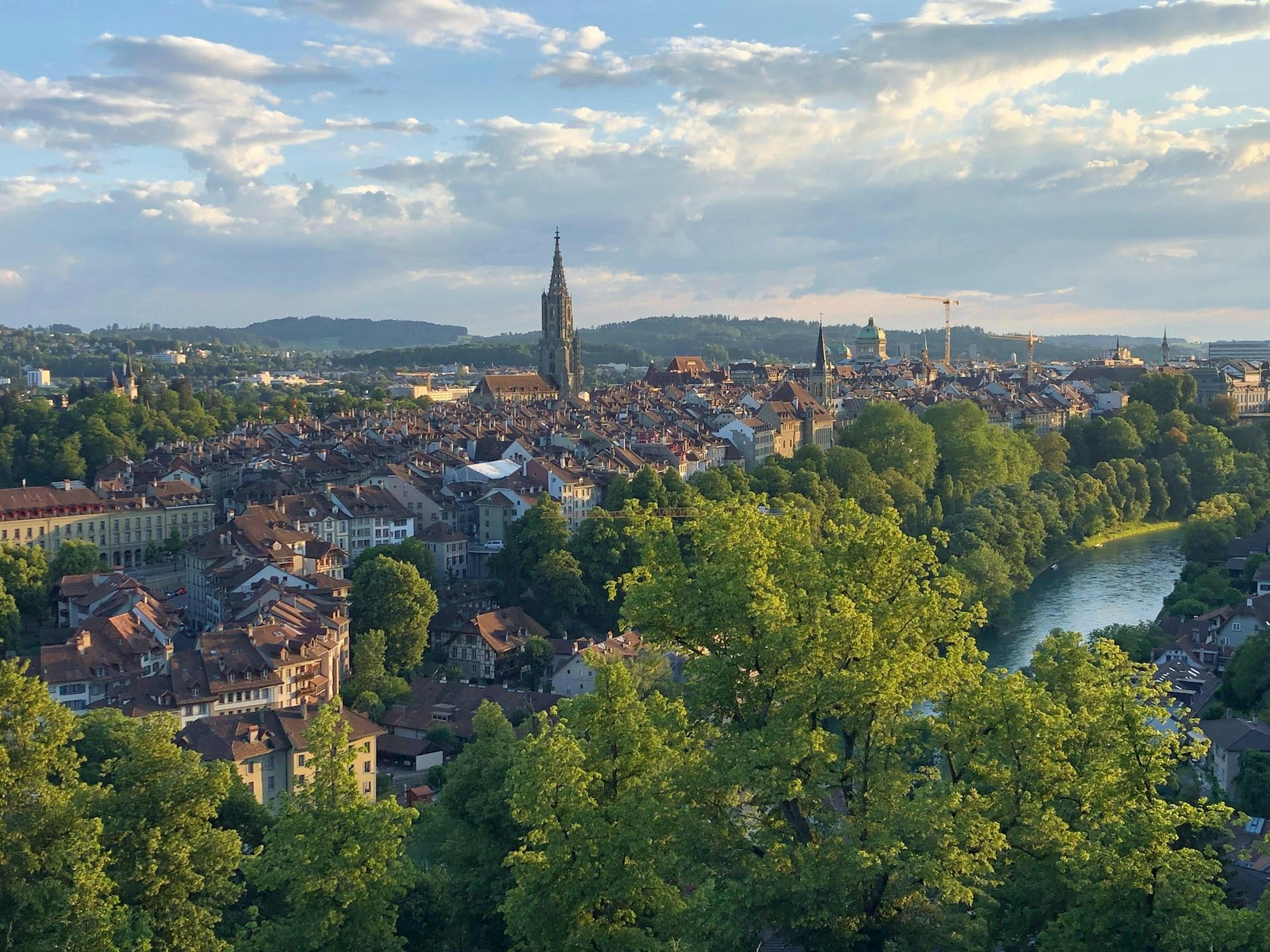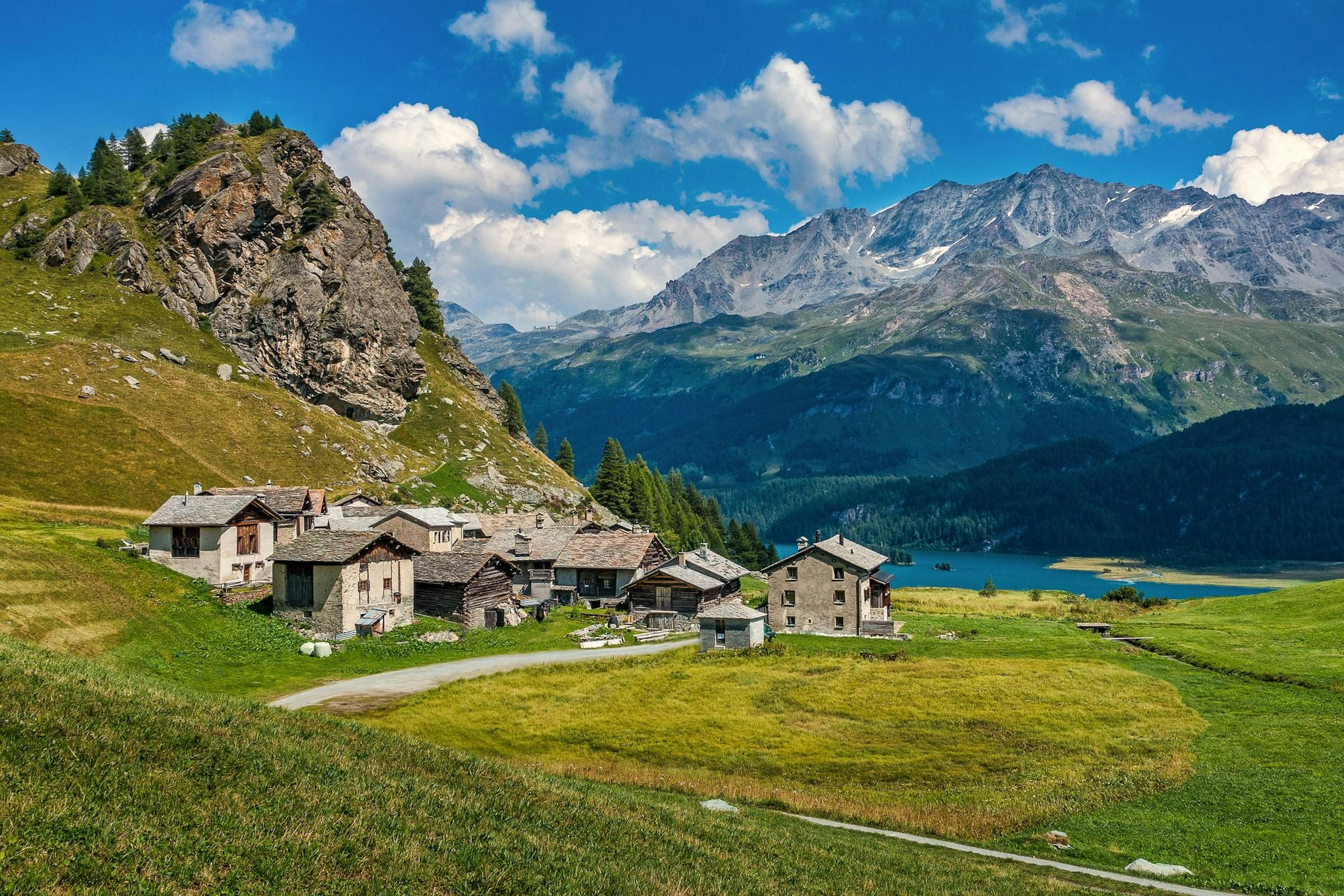10 reasons why you should enrol your child in ski school
When the winter season is just around the corner, young and old look forward to the snow-covered and freshly prepared slopes. The skis are brought out of the cellar and it is checked whether the ski equipment still fits.
Perhaps you are wondering, with all this anticipation, whether ski school lessons are worth it for your child. To show you the advantages of a ski school for you and your child, we have conducted an interview with experts.
Beat Wälti from Zermatters and Beat Gautschi from Prime Mountain Sports explain to us why lessons in a ski school are worthwhile for your child. Even if you've been skiing yourself for years. Because skiing yourself and teaching your child to ski are two very different things
Professional supervision is guaranteed in the ski school
Your child is in good hands the whole time and is professionally supervised. In certain ski schools, such as Zermatters in Zermatt, the care even includes an accompanied lunch. There your child can recover from the lessons and have lunch with the other children.
Lessons are given by trained and experienced professionals
Beat Gautschi from Prime Mountain Sports says: "Ski instructors are trained to teach children and adults professionally. As a result, the lessons are optimally structured to learn skiing or snowboarding step by step."
In addition, according to Gautschi, the ski instructors have an in-depth knowledge of skiing techniques. So you have access to a wealth of experience of the ski instructors and benefit from the fact that they have already taught many different guests
Difficulty of lessons is adapted to the child
As a parent, it can be hard for you to notice when your child is over or under challenged on the slopes. According to Beat Gautschi, the advantage of the ski school is also that the ski instructors make sure that your child is properly challenged. The difficulty of the exercises is increased only slowly, so that your child can follow well.
Gautschi adds: "When untrained people teach children, I often see them go too fast on more difficult slopes. Usually they want to show the children something new and offer something. However, this is not necessary for the children. An exciting and instructive lesson can be designed over several days on the same slope and include more and more challenging exercises. In this way, the children become confident and are not overwhelmed."
Beat Wälti from Zermatters also confirms this argument: "The Swiss Snowsports teaching concept, according to which we teach, is tailored to the individual abilities of the children. This means there is no under- or over-challenging."
So if you are unsure whether your child is being challenged too much or too little, you know he or she is in good hands at a ski school.
Stubborn mistakes are avoided
Mistakes once learned are often difficult to get rid of. Professional ski instructors take care during lessons that your child does not learn any permanent mistakes in technique. If they see your child make a mistake, they will help them correct it right away. This prevents bad habits from manifesting.
Teaching is done in a playful way
According to Beat Gautschi, children learn best in a playful way. "We often wrap up exercises in a game or a story. Sometimes the children don't even realize that we are training specific skiing techniques. But they have fun - especially because they're out and about with their peers."
Beat Wälti also observes that the children are motivated and enjoy the lessons. After all, learning in a group with other children is simply fun. So much so that the children often want to go back to the ski school the next year.
Fast and measurable learning progress thanks to the ski school
The lessons at the ski school are based on a well thought-out and sophisticated teaching concept. Beat Wälti sees in this the advantage that the child thereby records a faster and usually also more motivated learning success.
With the Swiss Snow League, progress can also be measured with different levels (blue, red and black). According to Wälti, there is always great joy and pride when a child successfully completes the next level. In addition, you can be sure that your child is being taught by experts and will therefore make rapid progress.
Chance of winning is 100%
Beat Wälti calls the ski race on Friday the highlight of every ski course. It is an important experience for the children, where they can demonstrate what they have learned. The best part is that every child takes home a medal.
Children listen better to ski instructors than to parents
Whether this statement actually applies to all children, we do not dare to answer here. However, Beat Gautschi has often found that children listen better to their instructors than to their parents when learning to ski. At best, you can save yourself a fight or two with your child if he or she gets his or her skills on the slopes taught by a professional
Free time for parents on the slopes
While your child is in lessons, you have time for yourself. Whether you want to improve your skills with a private instructor or make a few elegant turns on the slopes is up to you. In the meantime, you don't have to worry about your child. He or she is in good hands at the ski school and will be happy to show you his or her progress
New friendships are made in the ski school
Because of the mixed groups in the ski school, your child will have the opportunity to make friends with other children. They see each other every day for lessons and get to know each other better. It's not uncommon for friendships to develop that extend beyond the country's borders. According to Beat Wälti, these experiences are valuable for the child and contribute positively to its further development
As you can see, there are many advantages when your child learns to ski in a ski school. Whether he is a beginner or already has experience is not relevant. After the lessons you will be able to enjoy the winter on the slopes together
Many thanks to the two experts Beat Wälti and Beat Gautschi for the great tips.












